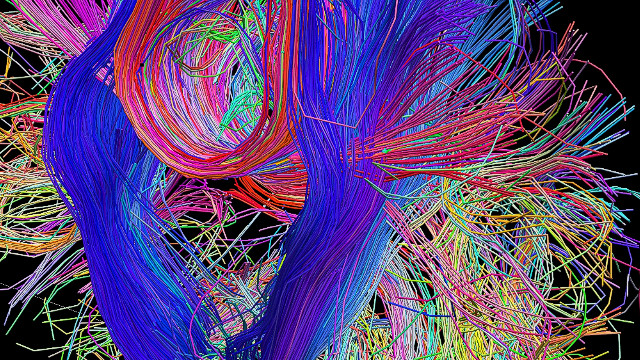Q&A: Adam Frank, astrophysicist
By Christie Nicholson
It’s almost as if we’re taking quantum mechanics down from the philosopher’s ladder and we are trying to make it practical?
Exactly. The interpretation of quantum mechanics has sort of lived for the last hundred years in the interstitial domain between physics and philosophy.
The paradox of quantum mechanics is we’ve had this theory for a hundred years, and we still don’t know how to visualize the world it’s describing. And that’s stunning to me.
Einstein had always hoped that underneath all the quantum weirdness we’d find that if you set the variables that would make all the weirdness of quantum mechanics go away.
So now where we’re headed is the possibility that quantum information theory will be able to probe deeper into these weirdnesses and tell us what’s going on.
Can you describe the practical and currently useful implications of quantum information for our day-to-day lives? This of course alludes to quantum computing and its possibilities.
Well first we need to know that the idea of superposition that we talked about earlier is one of the key pieces to making quantum computing work.
A computer functions with bits, that are either zero or one. [This is how information is translated within a computer’s operating system.] But with quantum computing, you’re using the inherent weirdness of quantum mechanics and using those superpositions. So now instead of a bit that’s a zero or one you have a so-called qubit, which can be both zero and one. That simple change leads to an enormous increase in computing power. One way of looking at a superposition is that you have possible worlds. And so what quantum computing does is that we can use those qubits [which can be both a zero and a one] and do calculations in all of the potentially possible worlds.
Wow, so it’s almost like super parallel processing.
Exactly. People have described it that way. It’s sort of like parallel processing in the other possible world.
But on a massive, massive scale.
Right. With quantum computing they can do huge calculations that would be literally be impossible even if you took the fastest computer today and waited the entire age of the universe, thirteen billion years, to solve a difficult problem. A quantum computer might be able to take a problem like that and compute it in a few days.
What will that mean for us?
In some sense quantum computing is the difference between an early computer game in 1982 and what we have today, and then multiply that by a trillion trillion trillion.
SmartPlanet


